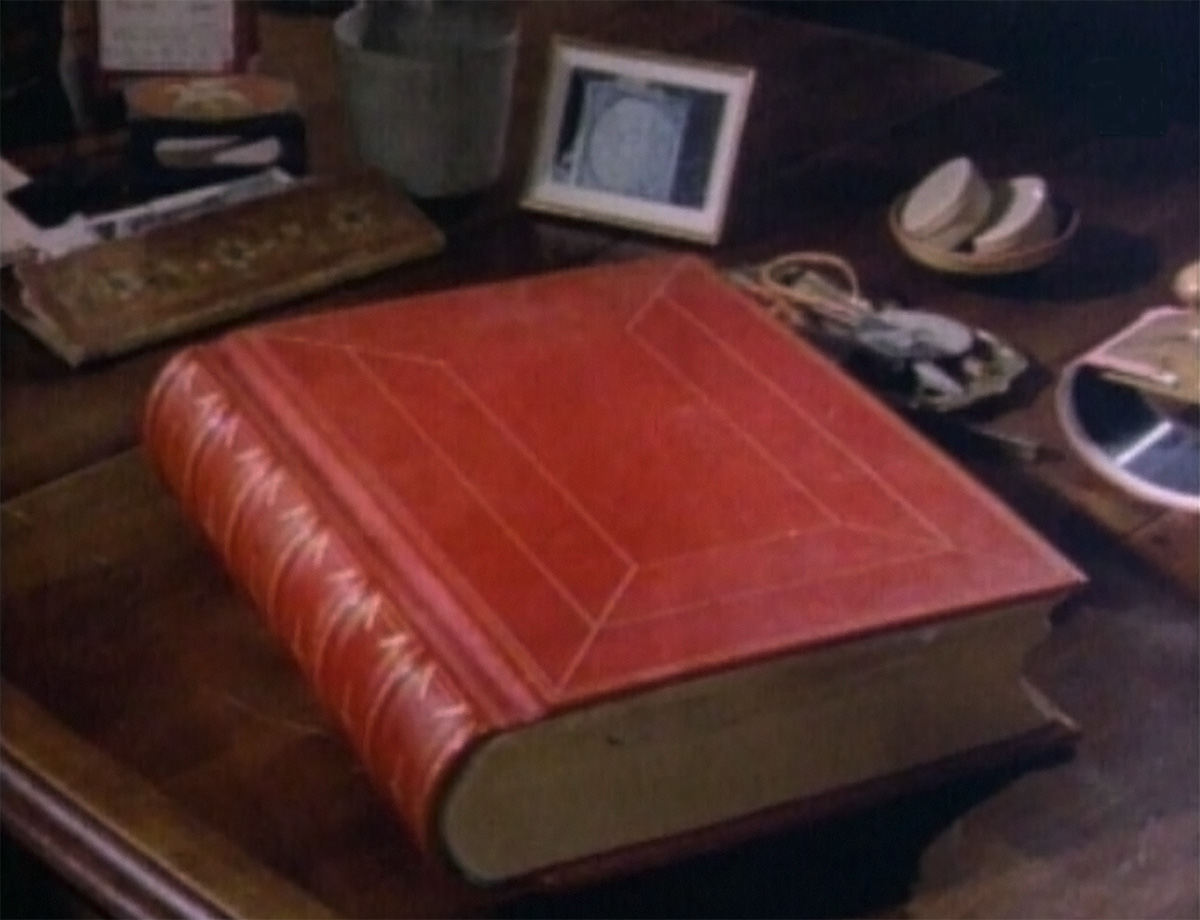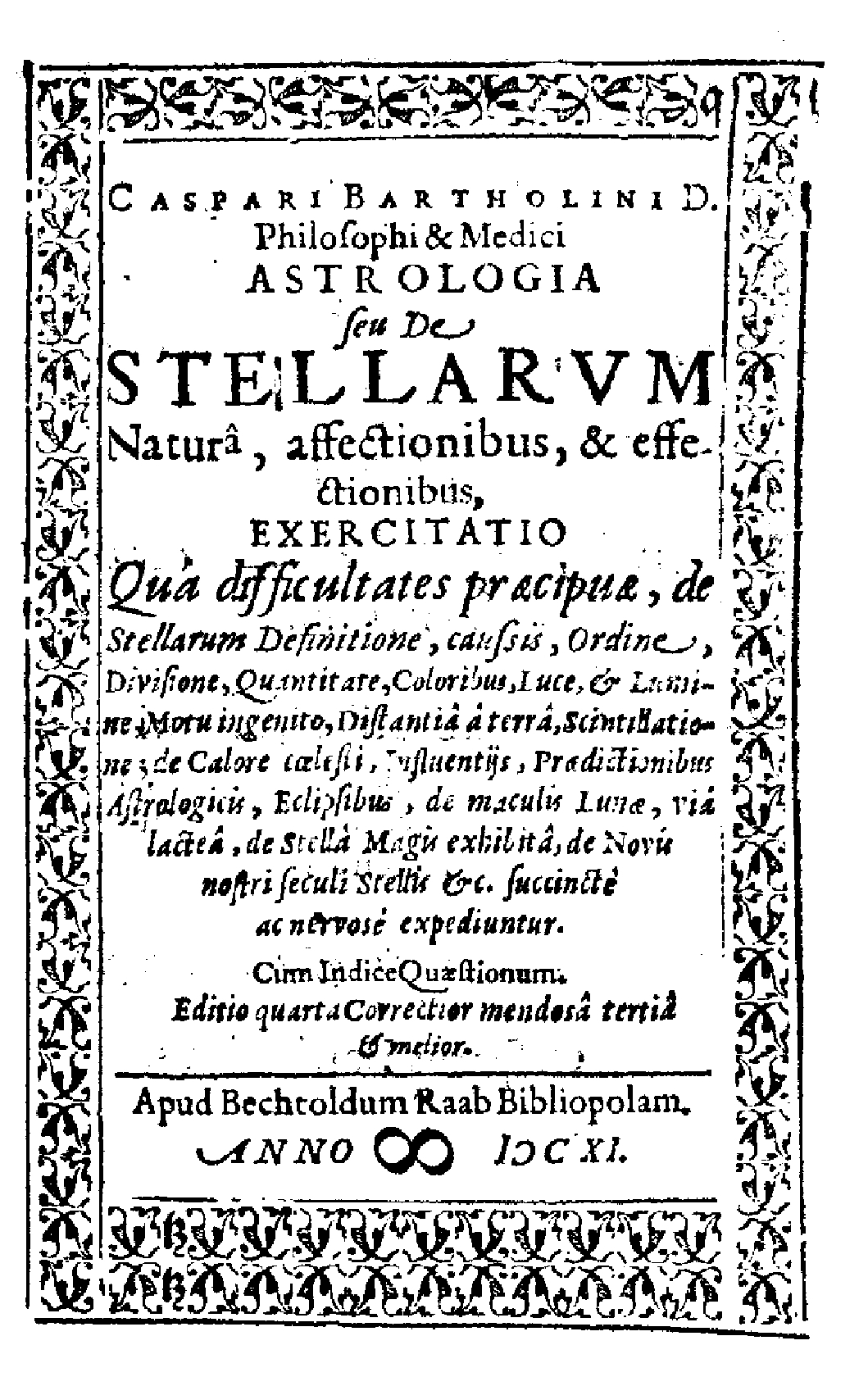|
Perisylvian Cortex
In neuroanatomy, the lateral sulcus (also called Sylvian fissure, after Franciscus Sylvius, or lateral fissure) is one of the most prominent features of the human brain. The lateral sulcus is a deep fissure in each hemisphere that separates the frontal and parietal lobes from the temporal lobe. The insular cortex lies deep within the lateral sulcus. Anatomy The lateral sulcus divides both the frontal lobe and parietal lobe above from the temporal lobe below. It is in both hemispheres of the brain. The lateral sulcus is one of the earliest-developing sulci of the human brain. It first appears around the fourteenth gestational week. The insular cortex lies deep within the lateral sulcus. The lateral sulcus has a number of side branches. Two of the most prominent and most regularly found are the ascending (also called vertical) ramus and the horizontal ramus of the lateral fissure, which subdivide the inferior frontal gyrus. The lateral sulcus also contains the tr ... [...More Info...] [...Related Items...] OR: [Wikipedia] [Google] [Baidu] |
Neuroanatomy
Neuroanatomy is the study of the structure and organization of the nervous system. In contrast to animals with radial symmetry, whose nervous system consists of a distributed network of cells, animals with bilateral symmetry have segregated, defined nervous systems. Their neuroanatomy is therefore better understood. In vertebrates, the nervous system is segregated into the internal structure of the brain and spinal cord (together called the central nervous system, or CNS) and the routes of the nerves that connect to the rest of the body (known as the peripheral nervous system, or PNS). The delineation of distinct structures and regions of the nervous system has been critical in investigating how it works. For example, much of what neuroscientists have learned comes from observing how damage or "lesions" to specific brain areas affects behavior or other neural functions. For information about the composition of non-human animal nervous systems, see nervous system. For information ab ... [...More Info...] [...Related Items...] OR: [Wikipedia] [Google] [Baidu] |
Sylvian Point
The Sylvian point is the point on the human skull nearest the Sylvian fissure and is located about 30 millimeters behind the zygomatic process of frontal bone. It is the name given to the stem of the lateral sulcus of the brain. It is named after the physician Franciscus Sylvius Franciscus Sylvius (15 March 1614 – 19 November 1672), born Franz de le Boë, was a Dutch physician and scientist (chemist, physiologist and anatomist) who was an early champion of Descartes', Van Helmont's and William Harvey's work and .... Skull {{Musculoskeletal-stub ... [...More Info...] [...Related Items...] OR: [Wikipedia] [Google] [Baidu] |
Doppelgänger
A doppelgänger (), a compound noun formed by combining the two nouns (double) and (walker or goer) (), doppelgaenger or doppelganger is a biologically unrelated look-alike, or a double, of a living person. In fiction and mythology, a doppelgänger is often portrayed as a ghostly or paranormal phenomenon and usually seen as a harbinger of bad luck. Other traditions and stories equate a doppelgänger with an evil twin. In modern times, the term twin stranger is occasionally used. Spelling The word ''doppelganger'' is a loanword from the German. The singular and plural forms are the same in German, but English writers usually prefer the plural "doppelgangers". The first known use, in the slightly different form ''Doppeltgänger'', occurs in the novel ''Siebenkäs'' (1796) by Jean Paul, in which he explains his newly coined word in a footnote; the word also appears in the novel, but with a different meaning. In German, the word is written (as is usual with German nouns) with ... [...More Info...] [...Related Items...] OR: [Wikipedia] [Google] [Baidu] |
The Red Book (Jung)
''The Red Book: Liber Novus'' is a red leather‐bound folio manuscript crafted by the Swiss psychiatrist Carl Gustav Jung between 1914 and about 1930. It recounts and comments upon the author's psychological experiments between 1913 and 1916, and is based on manuscripts (journals), known as ''Black Books'', first drafted by Jung in 1913–15 and 1917. Despite being nominated as the central work in Jung's oeuvre, it was not published or made otherwise accessible for study until 2009. In October 2009, with the cooperation of Jung's estate, ''The Red Book'' was published by W. W. Norton in a facsimile edition, complete with an English translation, three appendices, and over 1,500 editorial notes. Editions and translations in several other languages soon followed. In December 2012, Norton additionally released a "Reader's Edition" of the work; this smaller format edition includes the complete translated text of ''The Red Book'' along with the introduction and notes prepared by Sonu ... [...More Info...] [...Related Items...] OR: [Wikipedia] [Google] [Baidu] |
Drive In Saturday
"Drive-In Saturday" is a song by English musician David Bowie from his 1973 album '' Aladdin Sane''. It was released as a single a week before the album and, like its predecessor "The Jean Genie", became a Top 3 UK hit. Music and lyrics Heavily influenced by 1950s doo-wop, "Drive-In Saturday" describes how the inhabitants of a post-apocalyptic world in the future (Bowie once said the year was 2033) have forgotten how to make love, and need to watch old porn films to see how it is done. The narrative has been cited as an example of Bowie's "futuristic nostalgia",David Buckley (1999). ''Strange Fascination - David Bowie: The Definitive Story'': pp.175-185 where the story is told from the perspective of an inhabitant of the future looking back in time. Its composition was inspired by strange lights amidst the barren landscape between Seattle, Washington, and Phoenix, Arizona, as seen from a train at night on Bowie's 1972 US tour. The music featured Bowie's synthesizer and saxoph ... [...More Info...] [...Related Items...] OR: [Wikipedia] [Google] [Baidu] |
Carl Jung
Carl Gustav Jung ( ; ; 26 July 1875 – 6 June 1961) was a Swiss psychiatrist and psychoanalyst who founded analytical psychology. Jung's work has been influential in the fields of psychiatry, anthropology, archaeology, literature, philosophy, psychology, and religious studies. Jung worked as a research scientist at the Burghölzli psychiatric hospital, in Zurich, under Eugen Bleuler. During this time, he came to the attention of Sigmund Freud, the founder of psychoanalysis. The two men conducted a The Freud/Jung Letters, lengthy correspondence and collaborated, for a while, on a joint vision of human psychology. Freud saw the younger Jung as the heir he had been seeking to take forward his "new science" of psychoanalysis and to this end secured his appointment as president of his newly founded International Psychoanalytical Association. Jung's research and personal vision, however, made it difficult for him to follow his older colleague's doctrine and they parted ways. T ... [...More Info...] [...Related Items...] OR: [Wikipedia] [Google] [Baidu] |
Depth Psychologist
Depth psychology (from the German term ''Tiefenpsychologie'') refers to the practice and research of the science of the unconscious, covering both psychoanalysis and psychology. It is also defined as the psychological theory that explores the relationship between the conscious and the unconscious, as well as the patterns and dynamics of motivation and the mind. The theories of Sigmund Freud, Carl Gustav Jung, and Alfred Adler are all considered its foundations. Development The term "depth psychology" was coined by Eugen Bleuler and refers to psychoanalytic approaches to therapy and research that take the unconscious into account. The term was rapidly accepted in the year of its proposal (1914) by Sigmund Freud, to cover a topographical view of the mind in terms of different psychic systems. He is considered to have revolutionized this field, which he viewed in his later years as his most significant work. Since the 1970s, depth psychology has come to refer to the ongoing develo ... [...More Info...] [...Related Items...] OR: [Wikipedia] [Google] [Baidu] |
David Bowie
David Robert Jones (8 January 194710 January 2016), known professionally as David Bowie ( ), was an English singer-songwriter and actor. A leading figure in the music industry, he is regarded as one of the most influential musicians of the 20th century. Bowie was acclaimed by critics and musicians, particularly for his innovative work during the 1970s. His career was marked by reinvention and visual presentation, and his music and stagecraft had a significant impact on popular music. Bowie developed an interest in music from an early age. He studied art, music and design before embarking on a professional career as a musician in 1963. "Space Oddity", released in 1969, was his first top-five entry on the UK Singles Chart. After a period of experimentation, he re-emerged in 1972 during the glam rock era with his flamboyant and androgynous alter ego Ziggy Stardust (character), Ziggy Stardust. The character was spearheaded by the success of Bowie's single "Starman (song), Starma ... [...More Info...] [...Related Items...] OR: [Wikipedia] [Google] [Baidu] |
Thomas Bartholin
Thomas Bartholin (; Onomastic Latinizatio, Latinized as ''Thomas Bartholinus''; 20 October 1616 – 4 December 1680) was a Denmark, Danish physician, mathematician, and theology, theologian. He is best known for his work in the discovery of the lymphatic system in humans and for his advancements of the theory of refrigeration anesthesia, being the first to describe it scientifically. Thomas Bartholin came from a family that has become famous for its pioneering scientists, twelve of whom became professors at the University of Copenhagen. Three generations of the Bartholin family made significant contributions to anatomical science and medicine in the 17th and 18th centuries: Thomas Bartholin's father, Caspar Bartholin the Elder (1585–1629), his brother Rasmus Bartholin (1625–1698), and his son Caspar Bartholin the Younger (1655–1738).Hill, Robert V. (2007"A Glimpse of Our Past – The contributions of the Bartholin family to the study and practice of clinical anatomy ... [...More Info...] [...Related Items...] OR: [Wikipedia] [Google] [Baidu] |
Leiden University
Leiden University (abbreviated as ''LEI''; nl, Universiteit Leiden) is a Public university, public research university in Leiden, Netherlands. The university was founded as a Protestant university in 1575 by William the Silent, William, Prince of Orange, as a reward to the city of Leiden for its Siege of Leiden, defence against Spanish attacks during the Eighty Years' War. As the oldest institution of higher education in the Netherlands, it enjoys a reputation across Europe and the world. Known for its historic foundations and emphasis on the social sciences, the university came into particular prominence during the Dutch Golden Age, when scholars from around Europe were attracted to the Dutch Republic due to its climate of intellectual tolerance and Leiden's international reputation. During this time, Leiden became the home to individuals such as René Descartes, Rembrandt, Christiaan Huygens, Hugo Grotius, Baruch Spinoza and Baron d'Holbach. The university has seven academic f ... [...More Info...] [...Related Items...] OR: [Wikipedia] [Google] [Baidu] |
Caspar Bartholin The Elder
Caspar Bartholin the Elder (; 12 February 1585 – 13 July 1629) was a Danish physician, scientist and theologian. Biography Caspar Berthelsen Bartholin was born at Malmö, Malmø, Denmark (modern Sweden). His precocity was extraordinary; at three years of age he was able to read, and in his thirteenth year he composed Greek language, Greek and Latin language, Latin orations and delivered them in public. When he was about eighteen he went to the University of Copenhagen and afterwards studied at University of Rostock, Rostock and university of Wittenberg, Wittenberg. He then travelled through Germany, the Netherlands, England, France and Italy, and was received with marked respect at the different universities he visited. In 1613 he was chosen professor of medicine in the University of Copenhagen and filled that office for eleven years, when, falling into a dangerous illness, he made a vow that if he should recover he would apply himself solely to the study of divinity. He later ... [...More Info...] [...Related Items...] OR: [Wikipedia] [Google] [Baidu] |


.jpg)


.png)

